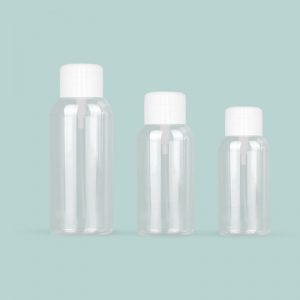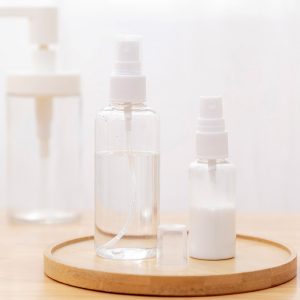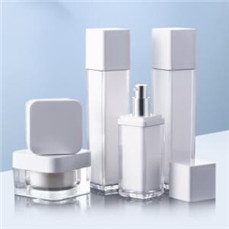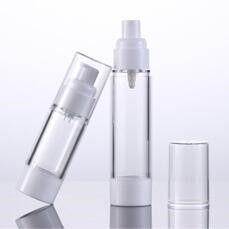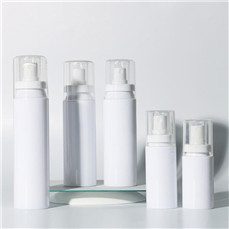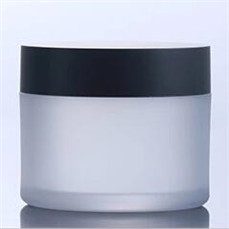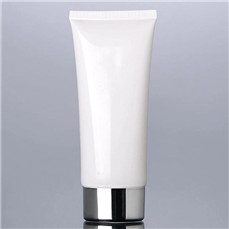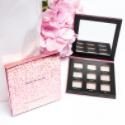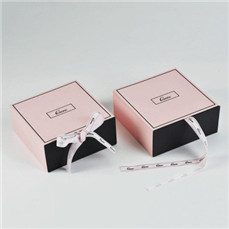Ancient Times: Perfume bottles have ancient origins, dating back to civilizations such as ancient Egypt, Mesopotamia, and Rome. The ancient Egyptians used various containers, including alabaster, clay, and stone, to hold their precious perfumes and oils. These bottles often had elaborate shapes and intricate carvings, reflecting the high value placed on perfumes in ancient societies.
Medieval and Renaissance Periods: During the medieval and Renaissance periods, perfume bottles continued to be crafted from various materials such as glass, metal, and ceramics. Bottles made of precious metals like gold and silver were used by the elite classes, while glass bottles with simple designs were more common among the general population.
18th Century: In the 18th century, perfume bottles began to take on more refined and delicate designs, reflecting the elegance of the Rococo and Neoclassical styles. Glassblowing techniques advanced, allowing for the creation of intricate and ornate glass bottles, often adorned with enamelwork and gold accents.
19th Century: The 19th century saw a surge in glassmaking craftsmanship, leading to the mass production of perfume bottles. Industrialization allowed for more accessible and affordable perfume bottles, expanding their popularity among various social classes. This era also marked the rise of the “perfume atomizer,” a pump mechanism for spraying fragrance.
Early 20th Century: Art Nouveau and Art Deco movements heavily influenced the designs of perfume bottles in the early 20th century. Art Nouveau bottles featured flowing, organic shapes, while Art Deco bottles had geometric and streamlined designs. Perfume bottles became more than just containers but also pieces of art.
Mid-20th Century: The mid-20th century brought innovations in glassmaking techniques, allowing for more creativity in perfume bottle designs. Many iconic perfume bottles from this era were created by renowned glassmakers, such as Lalique and Baccarat, in collaboration with prominent perfume houses.
Late 20th Century to Present: In recent times, perfume bottles have embraced diverse designs, materials, and shapes. From avant-garde creations to minimalist and sleek designs, the range of perfume bottles reflects the diverse tastes of consumers. Sustainable packaging practices, such as using recycled materials and refillable containers, have also gained prominence in response to environmental concerns.
Today, perfume bottles continue to be a significant part of the fragrance industry, representing not only the fragrance within but also a form of artistic expression and cultural history. The evolution of perfume bottles through the ages reflects the continuous fascination with scent and the desire to present fragrances in beautiful and captivating ways.
